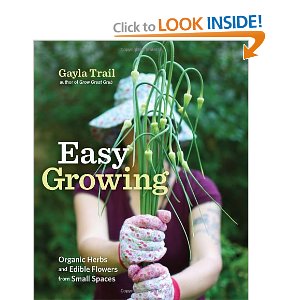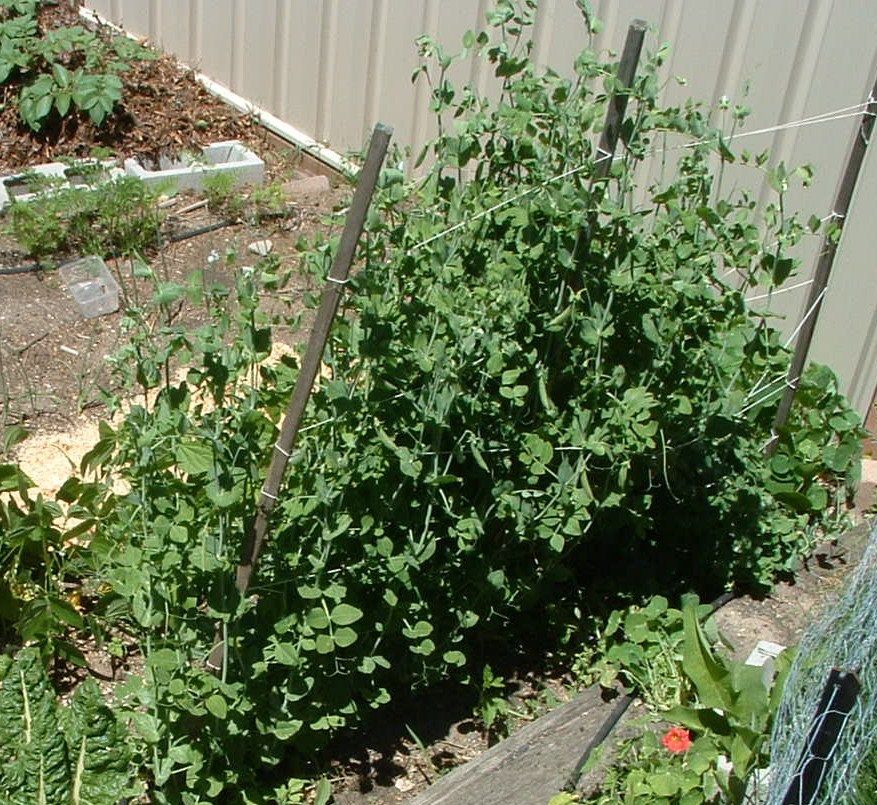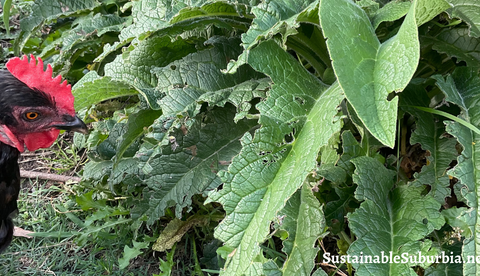Last updated on February 14th, 2023 at 06:38 pm
Following on from Growing A Container Herb Garden, here is some more specific information about growing particular herbs. The following herbs all like similarly moist conditions, so could be grouped together in pots, or grown in the same container – though it is probably advisable to grow mint in its own pot, as it is such a copious plant. For drought tolerant herbs, look out for my next article!
How to Grow Mint
Growing your own container herbs can be thoroughly enjoyable, and it can also be a challenge. So let’s start with the easiest – and you just can’t beat mint for ease of growth and variety of use. In sun or in shade, whether spearmint or peppermint (or any of several other varieties depending on your preference) mint likes to grow! Growing mint in a container will stop it taking over your entire garden, and being such a copious and luxuriantly growing plant you’ll have all you need in one pot. Don’t worry about sourcing a plant from a nursery. Any little sprig of mint (do your friends have a plant? Is it taking over next door’s garden?) can be turned into a container plant that will grow as big as you like, limited only to the size of the container.

So you’ve sourced your cutting – take the lower leaves off the stalk, leaving just two opposing ‘couplets’ of leaves at the top, and bury the stalk in cutting compost. Just in case it doesn’t ‘take’, do this several times, with space between each sprig of mint. If any wither within a few days, then start again. As with most herbs, as long as you use well draining soil, and place shards of pot over the drainage holes before you put your compost in the container, your mint will thrive. Feed twice a year with bone meal.
Mint prefers partial shade and frequent watering as it doesn’t like to be too dry, and regular mulching will help keep the roots moist. Mint is best left to grow alone, as it will probably take over any herbs planted with it. The main scourge of mint is rust – if you see orange spots on the bottom of the leaves, remove them and don’t put them in the compost! If the whole plant is taken over and you don’t want to use chemicals to solve the problem, then take it out and burn it. Just grow another one!
How to Grow Parsley
Parsley is great grown with tomato plants (see my previous article Growing Tomatoes in Pots), and it is good grown alone. Parsley likes lots of watering, and here’s a good tip – if you squirt some washing up liquid in your water, it soaks the soil more thoroughly ie it acts as a wetting agent. Otherwise, water can trickle round the sides of your pot, come out at the bottom, and leave the roots in the centre of the pot fairly dry. Daily watering is essential unless you have self watering pots.
Parsley also likes good, rich soil, and full sun. It can grow in fairly cool conditions but it is essential that when sun is scarce, the soil should be well drained and fertilized about once a month. Mulch round the roots to keep in moisture. If you want to germinate parsley from seeds, then put them inside on a warm windowsill as they like heat, and cover the top of the pot with a clear plastic bag. Plant out singly in pots once they reach about 8cm (3″) high. Basically parsley needs weekly feeding with liquid food, frequent watering and lots of sun.

How To Grow Basil
Plenty of sunlight, plenty of water – plenty of basil! Always keep inside on a sunny window sill in Autumn or Winter, and to avoid water logging your plant, put water in the dish containing the pot, and don’t water via the roots. If you want to germinate basil from seed, it may be a good idea to start with a small plant – then use its seeds for the next season, once you get the hang of growing basil. Just take the small plant from its pot, cover with well draining compost and with the root ball in a hole twice its width and depth, and water well. As it likes good drainage you could put gravel at the base of the pot before the compost, with shards of pot on the drainage holes.
If you go on to germinate the seeds – place them on a warm windowsill, cover with about a quarter inch or a few millimetres of compost, water well and cover in a transparent plastic bag to keep in moisture and warmth. Basil prefers to be left to get on with it – don’t over feed, just put it in well draining soil and water it a lot. When each seedling has two sets of opposing leaves, try thinning out to the strongest specimens. Now your plants will flourish.
After you’ve harvested one whole set of leaves, by pinching out from the tops of growing shoots, then cut the shoots to about half way down, just above tiny new leaves. Leave for a month or so, and you’ll have new growth. Between bouts of harvesting, basil likes to recover. When your basil flowers at the end of the summer, remove all blooms to retain flavour in the leaves.
How to Grow Chives
Chives are great ‘companion’ plants. If you grow your chives in outdoor containers, flowering chives are irresistible to bees. Related to garlic and onions, chives are also very good at repelling mildew and fungus and unwelcome insect pests, and ground up they make a great ‘herb tea’ to put around your garden.
Chives like similar growing conditions to all water loving leafy herbs. They grow from tiny bulbs – and are best in clumps of about four or five bulbs per clump. As they grow and ‘pad’ out, you can thin them out in spring or autumn to establish new plants in their own containers (of about 12″ across). Don’t allow the pots to dry out, feed monthly with a liquid fertilizer like compost tea, and keep in full sun or part shade. Unless you want to gather their seeds, or encourage bees to your garden, remove flowers as they grow, to retain the flavour in your chives.
How To Grow Coriander (also called Cilantro)
Now coriander can be tricky. Like the other herbs mentioned, it likes a lot of water and lots of sun. However coriander is easily stressed, and it will produce seeds and flower too early if conditions aren’t ideal. Firstly, it needs to be grown from seeds, as it hates to be transplanted. Wait until your coriander produces seeds, then sow some more, but buy the first plant in its own pot, and keep an eye on it – maybe on a sunny windowsill – until it becomes well established.
If coriander is allowed to dry out and gets too hot, it will flower and produce seeds before you’ve had an abundant show of leaves and stems. This is fine if you want a good crop of coriander seeds – which taste great when dried out. If it’s the leaves you’re after (also known as cilantro), then remove the flowers as soon as they appear. Water when dry, feed with a liquid fertilizer if they’re looking worse for wear, and only harvest the leaves when the plant is well established and healthy. If the plant flowers and produces seeds, you can sow new plants about every three weeks or so throughout the summer.





Great post. I personally love growing cilantro, and I can even do it indoors in my containers.